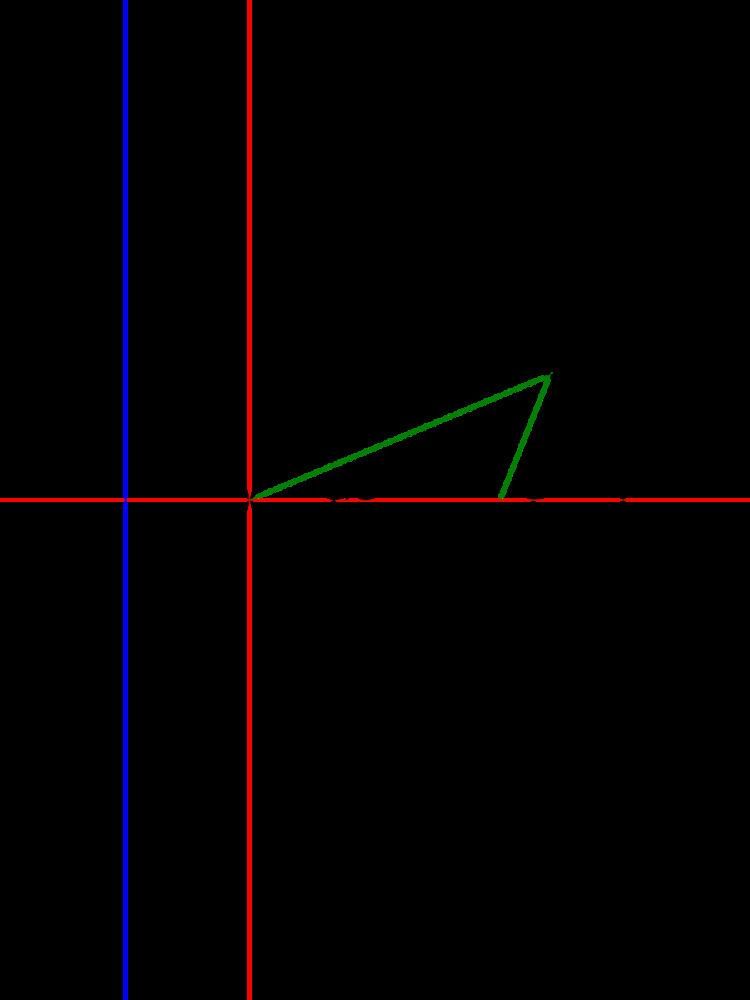 | ||
In geometry, the trisectrix of Maclaurin is a cubic plane curve notable for its trisectrix property, meaning it can be used to trisect an angle. It can be defined as locus of the point of intersection of two lines, each rotating at a uniform rate about separate points, so that the ratio of the rates of rotation is 1:3 and the lines initially coincide with the line between the two points. A generalization of this construction is called a sectrix of Maclaurin. The curve is named after Colin Maclaurin who investigated the curve in 1742.
Contents
Equations
Let two lines rotate about the points
so the equation in polar coordinates is (up to translation and rotation)
The curve is therefore a member of the Conchoid of de Sluze family.
In Cartesian coordinates the equation of this curve is
If the origin is moved to (a, 0) then a derivation similar to that given above shows that the equation of the curve in polar coordinates becomes
making it an example of an epispiral.
The trisection property
Given an angle
Notable points and features
The curve has an x-intercept at
Relationship to other curves
The trisectrix of Maclaurin can be defined from conic sections in three ways. Specifically:
In addition:
